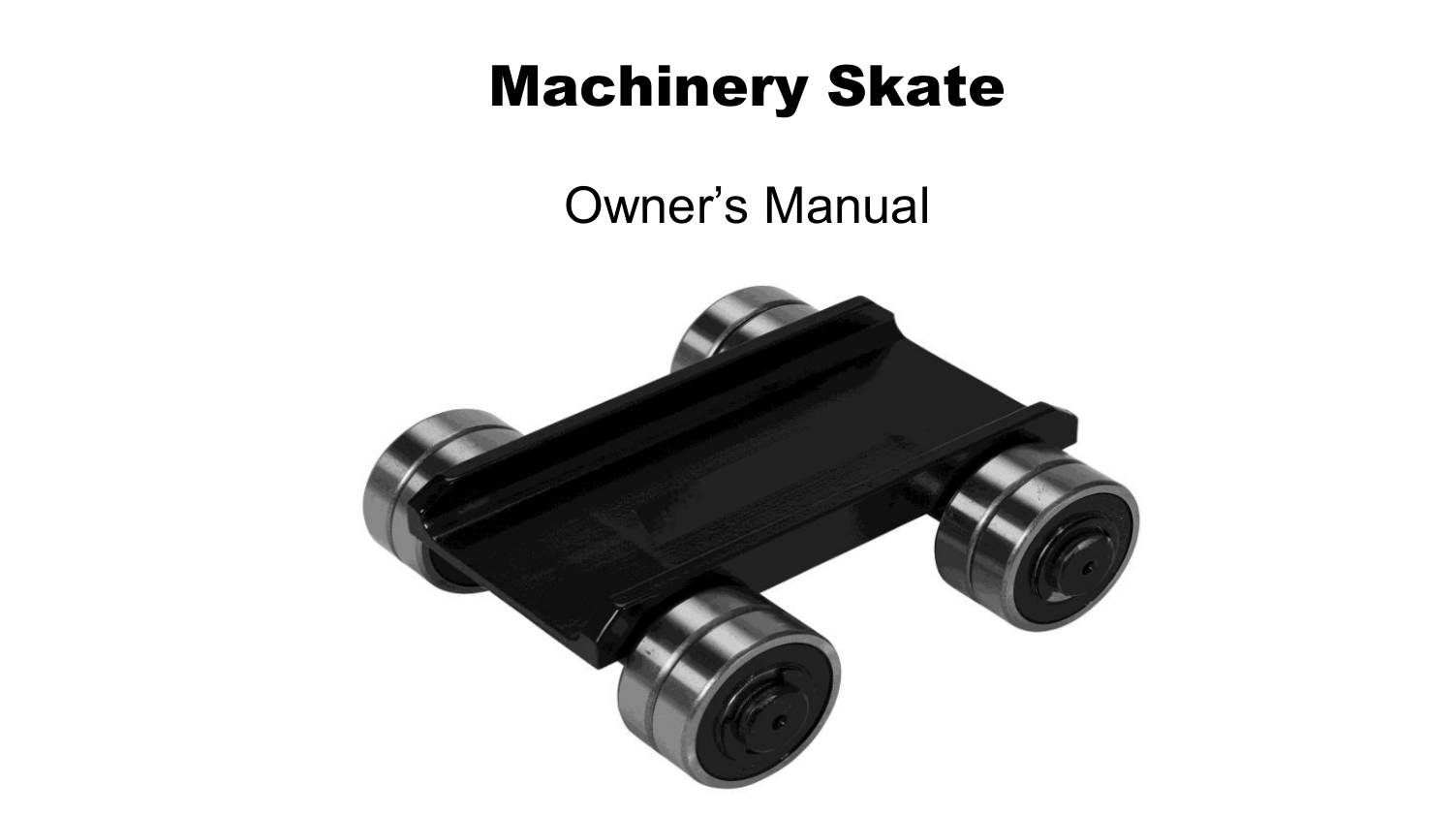Understanding the Mechanisms and Applications of Portal Crane Technology in Modern Industries
Understanding Portal Cranes Essential Tools in Modern Construction
Portal cranes are crucial machinery in the construction and manufacturing industries, playing a significant role in the efficient movement of heavy materials. These towering structures are designed to enhance productivity and ensure safety at construction sites, ports, and factories. This article delves into the features, advantages, operational principles, and applications of portal cranes, highlighting their importance in contemporary engineering practices.
What is a Portal Crane?
A portal crane, often referred to as a gantry crane, is a type of crane that consists of a hoisting mechanism mounted on a frame that moves horizontally along rails. The name “portal” reflects the crane's design, with the framework resembling a giant doorway or portal. Typically, portal cranes are designed to lift heavy loads and can be found in various sizes, tailored to suit different operational needs.
Design and Features
One of the key features of portal cranes is their robust structure, which comprises a bridge, towers (or legs), and a spreader or hook for lifting materials. The bridge spans the area over which the crane operates, while the legs support the bridge and provide stability. Most portal cranes are outfitted with a trolley that moves along the length of the bridge, allowing for lateral movement.
Modern portal cranes are equipped with advanced control systems for precise operations, including remote control capabilities. Safety features such as overload protection, emergency stop buttons, and anti-collision systems are also integral to their design, ensuring that operations can be conducted with minimal risk to operators and nearby personnel.
Advantages of Portal Cranes
1. Versatility Portal cranes can handle various types of loads, from raw materials to finished goods, making them ideal for diverse industrial applications. 2. Space Efficiency With their ability to operate in confined spaces, portal cranes maximize the use of available area, which is particularly beneficial in locations where ground space is limited.
3. High Lifting Capacity These cranes can lift significant weights, often exceeding several tons, making them suitable for heavy-duty tasks that would be difficult or impossible with manual labor.
4. Cost-Effective By improving the efficiency of material handling, portal cranes can contribute to lowering operational costs. They reduce the time required for loading and unloading, leading to faster project completion.
portal crane

5. Mobility Some portal cranes are portable, allowing them to be relocated to different areas on a site or even moved between job sites, providing flexibility in operations.
Operational Principles
Portal cranes operate on the principles of physics, primarily relying on leverage and power. The load is lifted using a combination of pulleys and motors that harness electrical energy. Operators control the cranes using a cab situated on the bridge or via remote controls, allowing for precision in positioning and maneuvering loads.
Regular maintenance of portal cranes is crucial to ensure they function safely and effectively. Routine inspections, lubrication of moving parts, and checking safety systems all contribute to the longevity and reliability of the equipment.
Applications
Portal cranes are widely used in various sectors, including
- Construction Sites For moving steel beams, concrete blocks, and other heavy materials during building projects. - Shipping and Ports To load and unload cargo containers from ships, ensuring efficient logistics management.
- Manufacturing Facilities For handling raw materials and finished products along production lines.
- Rail Yards To assist in loading and unloading freight from trains, maintaining fluid operations in rail transport.
Conclusion
In conclusion, portal cranes are an indispensable element of modern industry, valued for their efficiency, versatility, and safety features. As technology advances, these cranes are likely to evolve, incorporating innovative features that further improve their functionality. Understanding their design and applications not only helps in appreciating their role in construction and manufacturing but also highlights their contributions to enhancing productivity in various sectors. As industries continue to grow, the demand for advanced lifting solutions like portal cranes will undeniably increase, solidifying their place in the future of engineering.
-
Unlock Seamless Relocation with Our Heavy Equipment Moving ExpertiseNewsJun.06,2025
-
Unleash Unrivaled Flexibility with Our Adjustable Gantry CraneNewsJun.06,2025
-
Unleash Heavy-Duty Efficiency with Our Industrial Gantry Crane SolutionsNewsJun.06,2025
-
Revolutionize Steel Handling with Our Magnetic Lifter RangeNewsJun.06,2025
-
Master Equipment Mobility with Premium Machinery Mover SolutionsNewsJun.06,2025
-
Elevate Your Material Handling with Magnetic Lifter TechnologyNewsJun.06,2025
-
YS Permanent Lifting Magnets: The Smarter Way to Handle SteelNewsMay.22,2025
